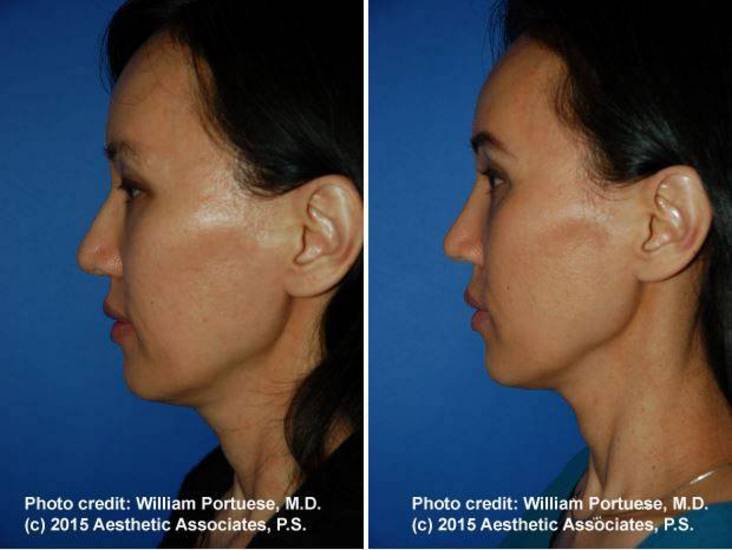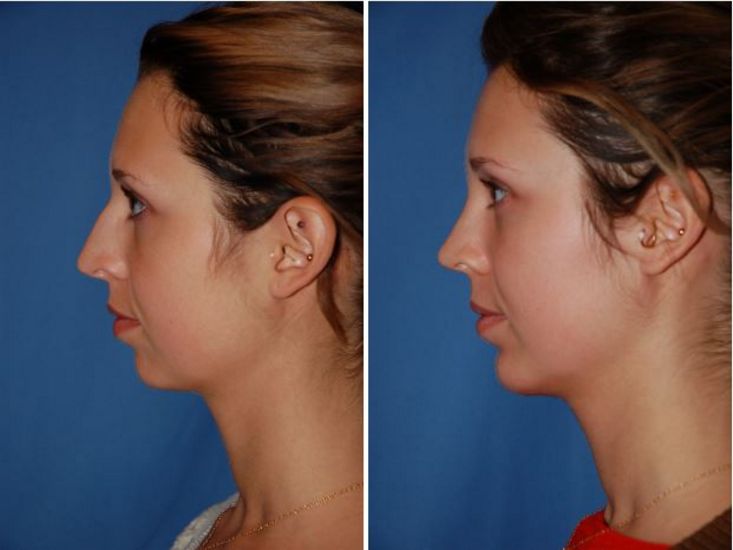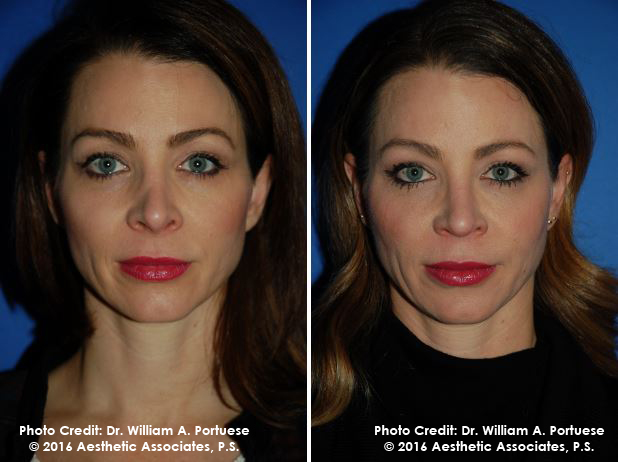Rhinoplasty Surgery
on the morning of the surgery, Dr. William Portuese reviews the surgical plot and computer imaging as soon as the patient. Patients as well as meet the board attributed physician anesthesiologist and are then admitted into our Medicare certified outpatient surgery center. In our surgical center, a rhinoplasty is always performed below general anesthesia for tolerant safety and comfort. Nose surgery usually takes between one to two hours below the adopt paperwork of the anesthesiologist. Dr. Portuese performs the entire surgery later a closed rhinoplasty door and later applies a cast across the bridge of the nose that will stay in area for 6 days. Patients are taken to the recovery room where they will wake in the works from the anesthesia and then go home similar to their caretaker. Recovery Time: Patients will have visible bruising and carbuncle for approximately 10-14 days after the procedure. The first postoperative visit is at one week similar to the cast is removed and patients can look their initial results. There will after that be followup appointments at one month, 3 months 6 months and one year.


